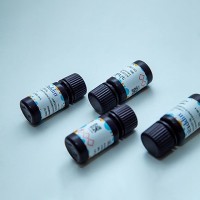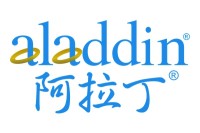Primer Design and Primer-Directed Sequencing
互联网
778
The dideoxy chain termination DNA sequencing procedure introduced in 1977 (1 ) has the advantage of being fast, simple to perform, and very accurate. Therefore, it became the method of choice to obtain several hundred bases of sequence information per reaction. The procedure is based on the enzymatic elongation of oligonucleotides that are complementary to the single-stranded DNA template. Labeling of the synthesis products is achieved either by incorporation of radioactively or fluorescently labeled nucleotides or by extending primers labeled respectively. Chain exten-sion competes with the infrequent but specific termination by incorporation of a dideoxyribonucleotide. The products of four nucleotide-specific reactions can be separated on a polyacrylamide gel. In the case of a radioactive labeling system, an autoradiogram of such a gel povides the sequence information; fluorescently labeled fragments are used in automated sequencers where a laser beam serves as the detector (see Chapters 6 , Chapters 9 –Chapters 13 , and Chapters 15 ); biotinylated fragments can be detected after transfer to a nylon membrane through chemoluminescence (2 ). The synthetic oligo-nucleotide primers required for the synthesis of the labeled strands can easily be synthesized in automatic synthesizers.





